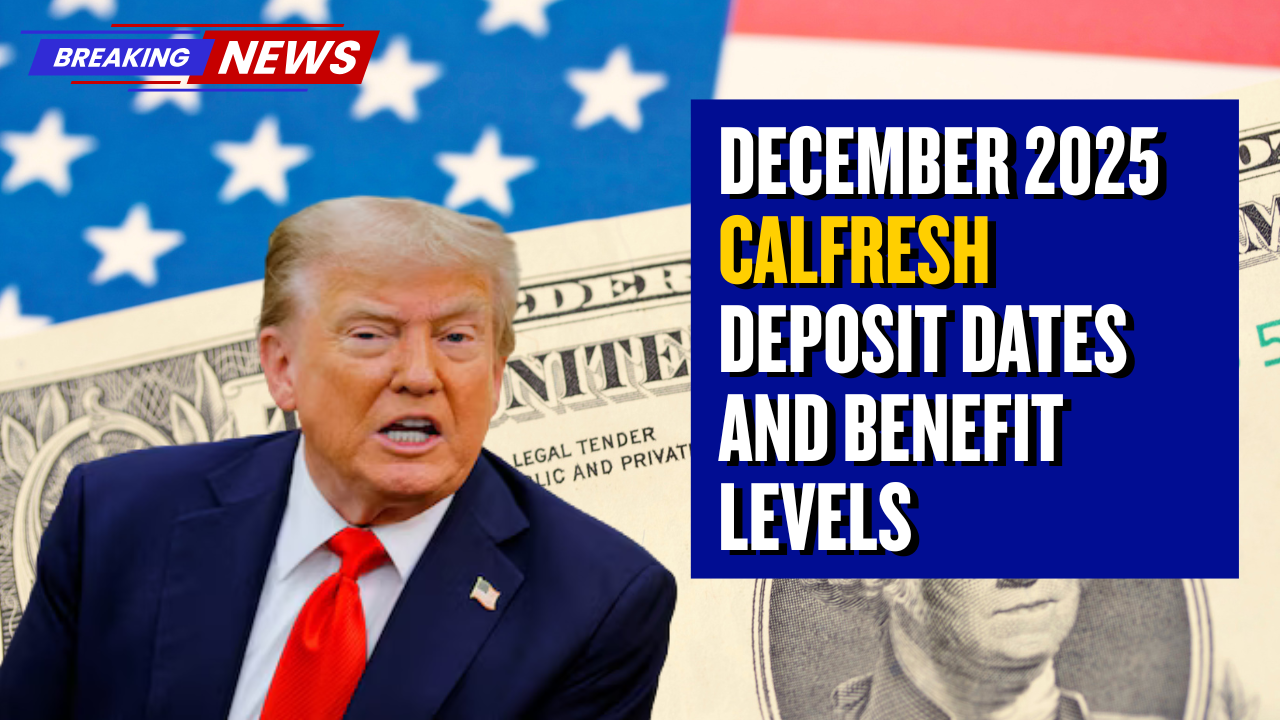If the federal government shutdown stretches past November 15, seniors might have to wait a bit longer to hear the official announcement of the 2026 Social Security Cost-of-Living Adjustment (COLA). But here’s the reassuring part — payments won’t stop, and the math behind the increase is already done.
Even if bureaucracy slows things down, your benefits are still safe. Let’s break down what’s happening and what retirees aged 62 to 80 can expect.
The COLA Math Is Already Complete
The Social Security Administration (SSA) bases COLA calculations on inflation data from the Consumer Price Index for Urban Wage Earners (CPI-W), which is released monthly by the Bureau of Labor Statistics (BLS).
This data collection is considered an essential government function, so even during a shutdown, the September 2025 CPI report — the key figure used to calculate next year’s adjustment — will still be published.
So yes, even if offices close, the numbers don’t stop adding up.
The real issue? Announcing the COLA.
If the shutdown drags on, SSA’s communications teams — those who handle press releases and system updates — may be furloughed, delaying the formal announcement. As one former SSA economist told The Washington Ledger:
“The math will be ready, but the megaphone may not be.”
What Happens to Your Payments During a Shutdown?
Your Social Security and Supplemental Security Income (SSI) checks will continue as usual because they’re funded through permanent trust funds, not Congress’s annual spending bills.
However, if you call or visit an SSA office this month, expect longer wait times. Fewer employees will be available to handle appeals, benefit verifications, or personal updates.
Essentially, your payments will still arrive — just don’t expect quick service.
What Else Keeps Running
Even in a government shutdown, other critical programs continue:
- Medicare and Medicaid services stay operational.
- SNAP (food assistance) benefits remain active, though new applications might take longer.
- SSA payment processing continues with around 50,000 essential employees still on the job.
During past shutdowns, SSA kept about two-thirds of its staff working to ensure payments went out on time.
What a Delay Could Mean for the 2026 COLA
The official COLA announcement is scheduled for November 15, 2025. If the shutdown lasts beyond that, expect a delay in how and when the information is shared.
Here’s what might happen:
- The official press release could come later.
- Online systems (like my Social Security) might take longer to reflect the updated amount.
- Paper benefit notices could be delayed in the mail.
Even with these hiccups, your January 2026 payment will include the new COLA.
In short: you’ll still get the raise — you just might hear about it a little later.
Projected 2026 COLA: 2.7%
According to estimates from The Senior Citizens League (TSCL), the 2026 COLA will likely be 2.7%, up slightly from this year’s 2.5% increase.
That may sound small, but it adds up fast:
| Year | COLA | Avg. Retired Worker Benefit | Monthly Increase |
|---|---|---|---|
| 2024 | 3.2% | $1,848 | +$59 |
| 2025 | 2.5% | $2,005 | +$51 |
| 2026 (Projected) | 2.7% | $2,059 | +$54 |
For the average retiree, that’s about $648 more per year — enough to help offset higher costs for groceries, utilities, and medical bills.
What Retirees Should Do Now
Here’s how to stay on top of your benefits during the shutdown and COLA update period:
Check your deposit date. Payments will still arrive as scheduled.
Beware of scams. The SSA will never text or email you asking for banking info. Stick to ssa.gov.
Use your “my Social Security” account. You can check your payment history and COLA updates here once systems refresh.
Don’t panic about mail delays. Notices may be late, but payments are automatic.
The Bottom Line
A prolonged government shutdown might delay news about the 2026 COLA — but not your money. Retirees will still receive their full payments, with the new increase applied automatically in January.
As one former SSA administrator put it:
“It’s the difference between knowing and receiving. The money keeps coming, even if the memo doesn’t.”



